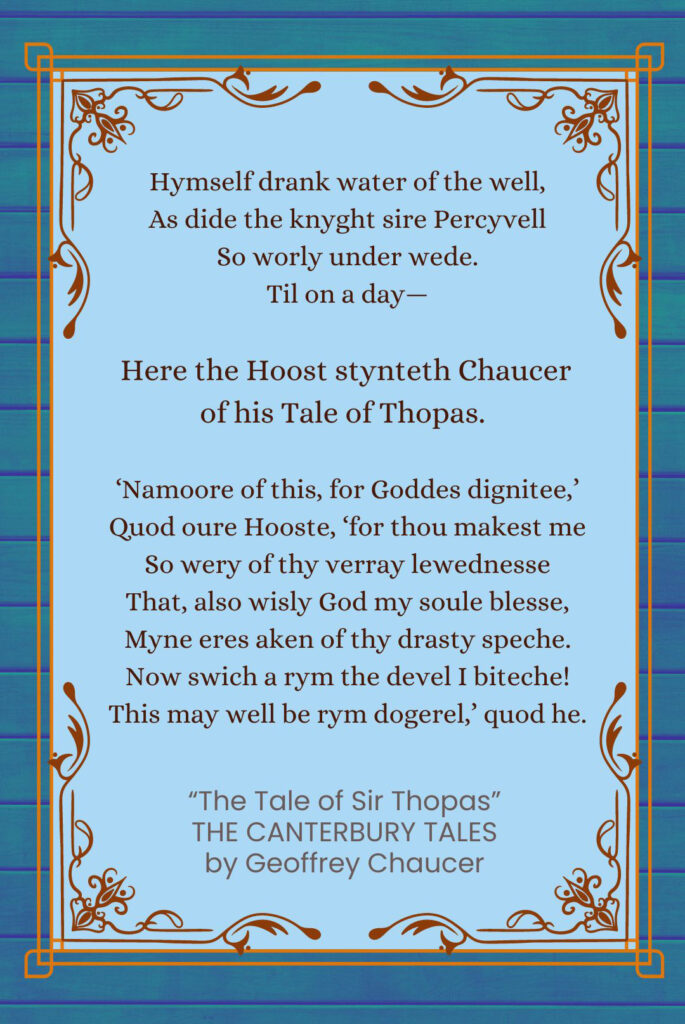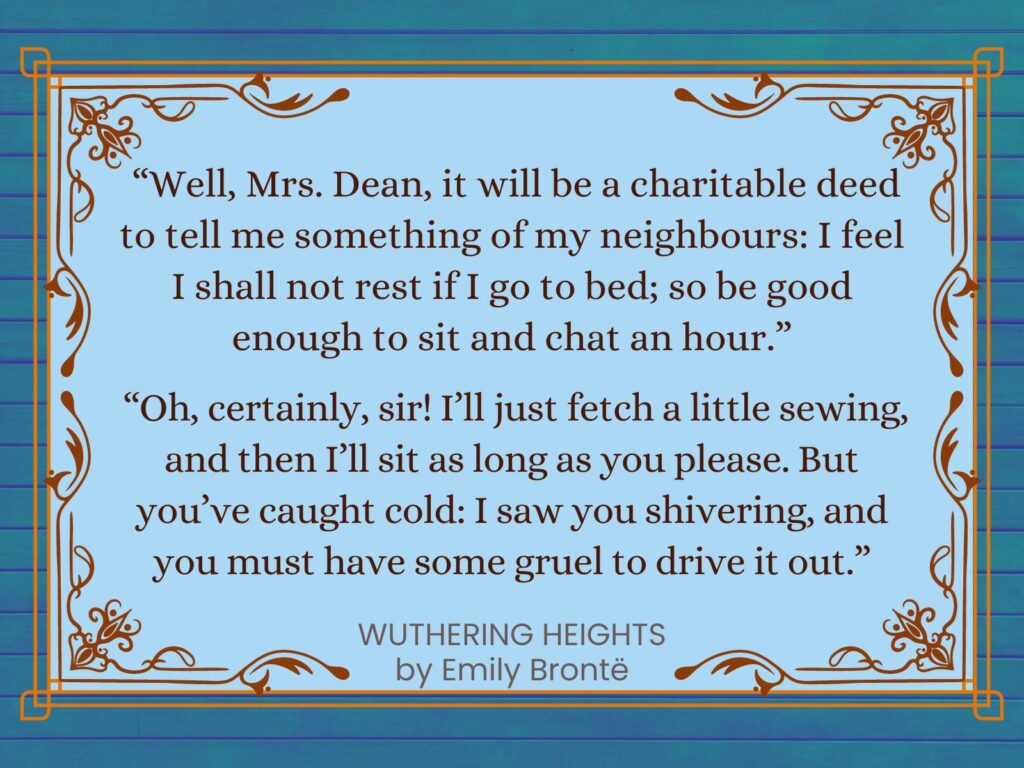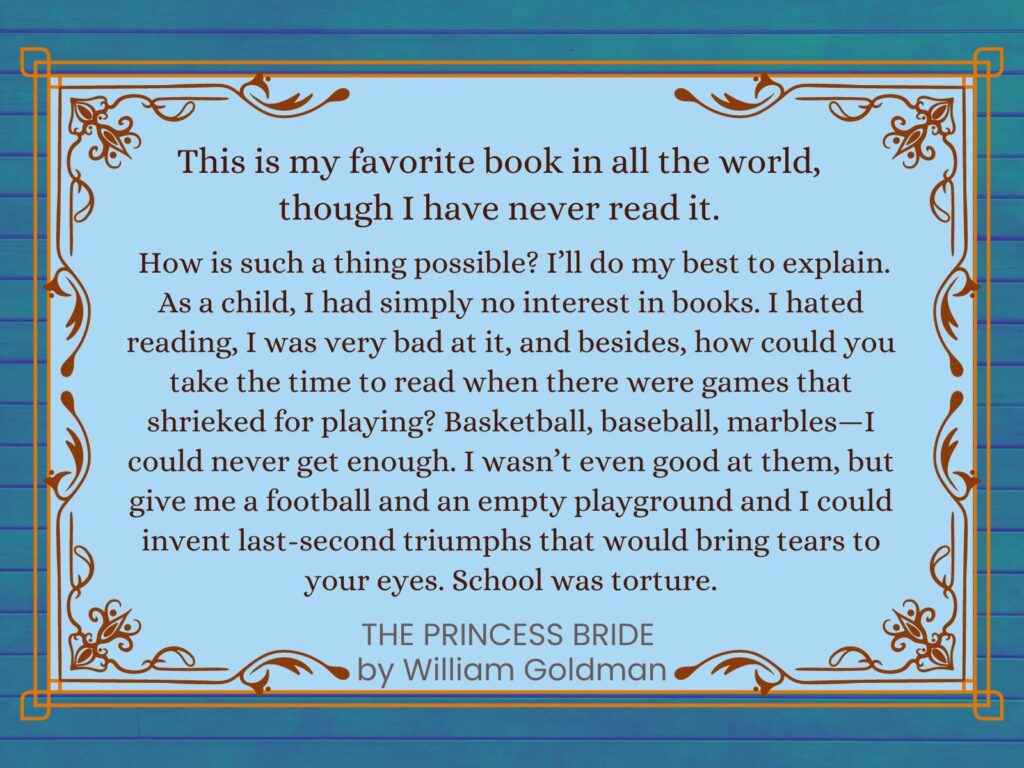Our final narrative technique is a structural one: the Frame Story. This is a story structure where one or more smaller tales nest within a broader story arc. The outer framework can have its own plot, but that’s not required. Often it acts as a delivery mechanism for the more interesting inner story materials.

Going Old School
This is an ancient method of storytelling. It’s used in the Biblical book of JOB, Ovid’s METAMORPHOSES, and the Arabic classic, ONE THOUSAND AND ONE NIGHTS. The technique creates a layered narrative—sometimes multi-layered, with stories within stories within stories—which allows natural opportunities for multiple narrators.
The outer framework often establishes the reliability of the narrator for the inner story, characterizing them so that the Reader knows whether to trust their account or not.
This structure has its downsides: namely, the framework can become meaningless, tedious, or skippable if it’s not an active contributor to the overall messages of the book.
The inner stories also frequently overshadow the work as a whole.
Frame of Theme
For example, practically no one reads THE CANTERBURY TALES from beginning to end. Geoffrey Chaucer didn’t even bother to finish writing it. In his framework, several medieval British characters, himself included, make a religious pilgrimage to the town of Canterbury. They engage in a storytelling competition along the way.
Each pilgrim tells a tale, with a prologue to segue between the outer frame and the layered story. This framework establishes a unifying purpose for the collection of stories, which are themselves eclectic in nature. Is the best story a romance? An adventure? A pious drama?
(Silly question. We all know it’s “The Tale of Sir Thopas.”)

Frame of Time
We find another well-known Frame Story in WUTHERING HEIGHTS by Emily Brontë. A goodnatured English gentleman, Mr Lockwood, moves into a rural area only to discover that his new neighbors are a gothic collection of angsty, brooding wretches. The inner story, told by Lockwood’s housekeeper, Nelly Dean, jumps backward in time to explain how the awful circumstances developed.

This framework bridges the gap between two different time periods that are pertinent to the story as a whole. The Reader gets to witness both the effects and the origin of Heathcliff and Catherine’s toxic obsession with one another.
Frame of Tone
For a more modern example of a Frame Story, we have THE PRINCESS BRIDE by William Goldman. The movie adaptation gives an excellent visual frame of a grandfather reading his grandson a storybook. In the novel, Goldman himself acts as narrator of the outer frame, which he uses to establish his setting, the fictional country of Florin, where he claims his father was born. He reminisces about encountering the unabridged Princess Bride by S. Morgenstern in his youth.

Of course, this unabridged version doesn’t actually exist. Goldman playing it off as a real book from a real country introduces the tongue-in-cheek tone that pervades the novel.
Conclusion
Frames come in a multitude of types and shapes, a versatile Point of View structure. If you’re looking for how to layer flashbacks or interweave seemingly unconnected tales, the Frame Story is the go-to narrative mechanism.
- What are your favorite Frame Stories?
- How does this story structure influence a book’s Point of View?
Up next: Choosing a Perspective
Previous: Dual and Multiple POV
Index Page: Point of View